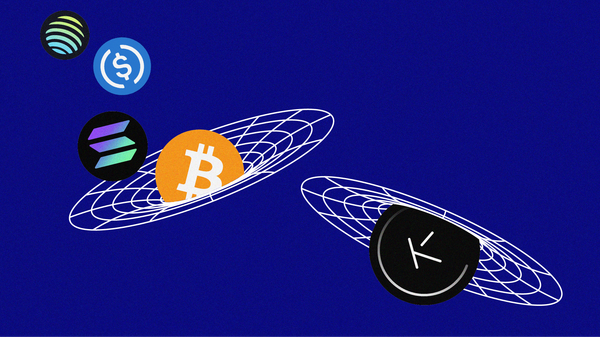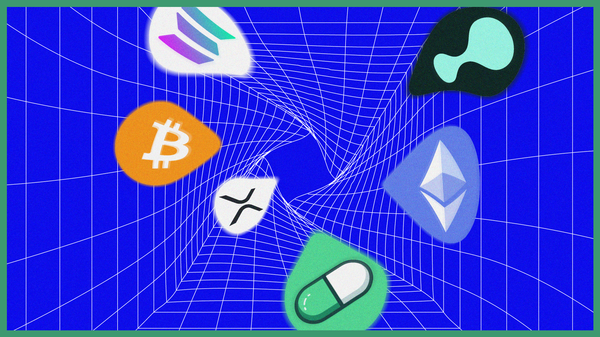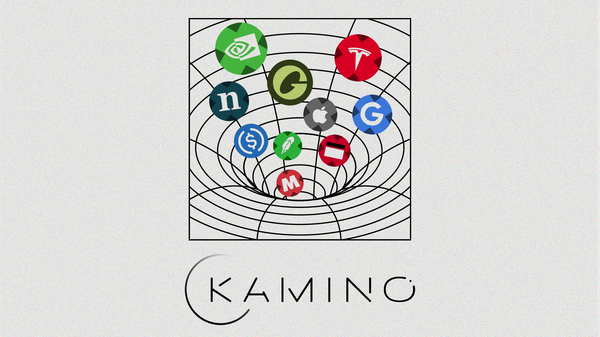The World of Appchains - A Comprehensive Report
Unlike general-purpose blockchains like Ethereum, which host thousands of applications, appchains are purpose-built for a single application. This model has already been widely adopted. Learn why.

Introduction
Ethereum has been the foundational ground for many innovations, ranging from CryptoKitties to NFTs, and including DeFi protocols for lending, asset management, and trading.
Yet, as projects mature and find their niche in the market, they encounter a critical challenge: the strain on Ethereum's network resources. Projects like AAVE, Uniswap, and dYdX coexist within Ethereum, each drawing upon its computational resources to serve their users. However, this reliance leads to a competition for network power, resulting in a net negative impact for both applications and their users.
Users increasingly bear the burden of rising transaction fees, lowering accessibility and affordability for those with smaller wallets. Meanwhile, dApps face limitations in expanding their user base due to these escalating fees, blocking their potential growth.
But the challenges go far beyond transaction fees. Ethereum's mainnet, while revolutionary, lacks the flexibility necessary for sustained innovation. One example is the EVM: it presents some design flaws and is not suited for many use cases, but applications absolutely have to deal with it.
In essence, the very growth of these applications is confined by the constraints of Ethereum itself. It's a reality we cannot ignore.
Bullets
- Limited Solutions
- Appchains
- Rollups-as-a-service
- Examples
- Looking Forward
- Parting Thoughts
Thanks for reading On Chain Times. Subscribe to receive a free research report every week 🗞
Limited Solutions
When confronted with this challenge, projects have a few options:
The first choice could be to initially start the project on an alternative high-performance chain over Ethereum for deployment. Solana or Sei may come to mind. However, it's crucial to acknowledge that these chains might lack the extensive user base of Ethereum and might necessitate learning new programming languages beyond Solidity. Additionally, projects would still be constrained by those chains’ capacity and have to compete for computational resources with other projects.
Alternatively, expanding to multiple other chains could unlock access to diverse user bases while offering lower fees on select chains. Yet, this diversification also fragments liquidity across multiple chains, potentially leading to suboptimal outcomes. Prominent examples include AAVE, Uniswap, and Curve.
However, these options present limitations that may not align with every project's requirements. Enter appchains—the third alternative.
Appchains
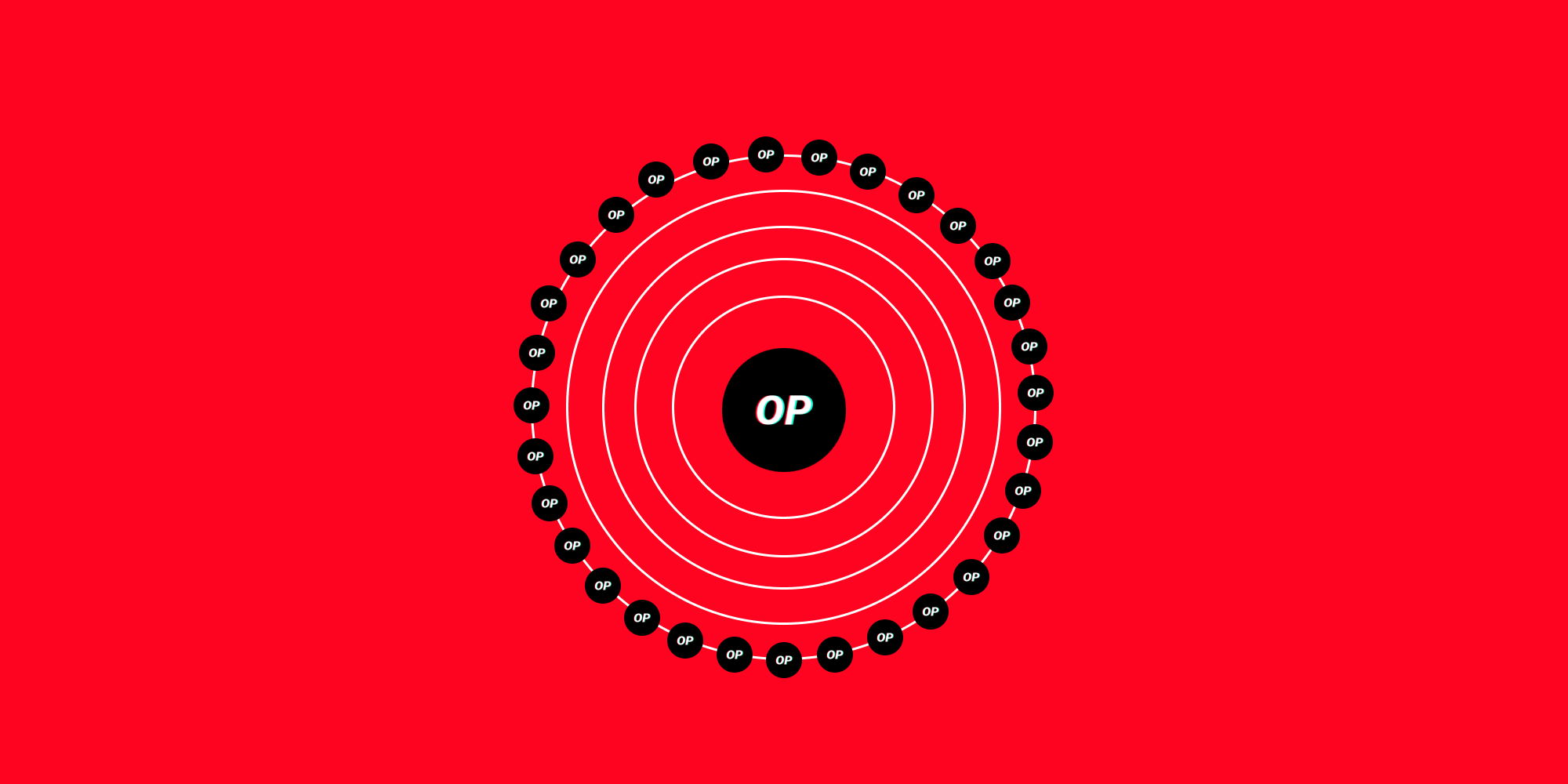
The term appchain is short for application-specific blockchains. Unlike general-purpose blockchains like Arbitrum or Ethereum, which host thousands of applications, appchains are purpose-built for a single application.
Appchains manifest in various forms—be it layer 1, layer 2, or even layer 3—depending on the infrastructure and customizability requirements.
Speaking of customizability, the potential for innovation within appchains is boundless. Exhausted by the EVM? Explore alternatives like the Cartesi VM or the MoveVM. Preference for user payments in native tokens or WIF? Completely doable.
Those are just a few examples. Additionally, we could mention various stacks available for appchains, such as the Cosmos SDK, the OP stack, Arbitrum Orbit, zkSync’s ZK Stack, and more. Data availability layers also offer significant customization options, including Celestia, NearDA, AvailDA, EigenDA, and others.
Sky is the limit.
Performance concerns are completely eradicated, as resources are dedicated solely to your application, eliminating competition. Transaction fees can be optimized to minimal levels through adjustments to block space, block time, and other parameters.
Lastly, an appchain could serve as an additional revenue stream for projects. Instead of users paying fees to Ethereum, they would directly pay fees to the appchain. Consequently, applications would no longer need to pay to "rent" Ethereum, enabling them to capture the full revenue they generate.
You’ve understood it, going for an appchain is opting for flexibility and scalability.
Appchains, made easy by Rollup-As-A-Service projects
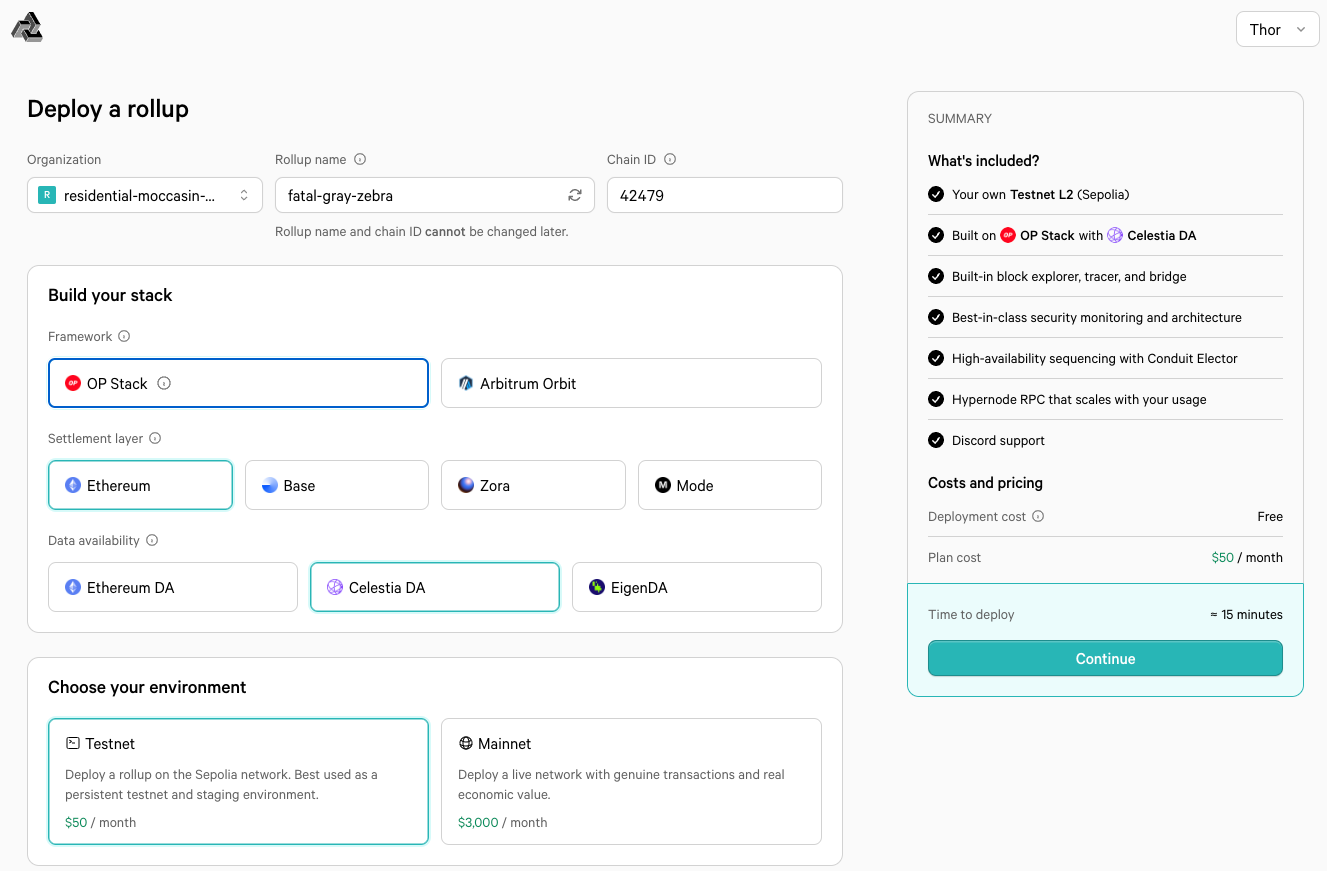
These benefits naturally attract numerous projects in the space. As you can imagine, setting up a blockchain can be tricky and demands significant technical and financial resources.
That lead to the birth of Rollup-As-A-Service projects such as AltLayer or Conduit. In essence, these platforms streamline the deployment and operation of rollups, making it a matter of a few clicks and minutes. It's worth noting that such services extend for blockchains in general, and not only rollups.
Consider the case of Aevo, one of the leading decentralized derivatives exchanges. Utilizing Conduit, a RaaS provider, they deployed their own rollup on top of Ethereum. Shortly after, they partnered with Celestia to slash their data availability costs by tens of thousands of dollars per month, all while retaining Ethereum as the settlement layer. This strategic shift to an appchain perfectly underscores the theme we introduced earlier in this discussion. By opting for the appchain model, Aevo not only reduces its costs but also enhances its overall performance, paving the way for limitless growth opportunities.
Examples

dYdX is a well-known decentralized order book exchange backed by Paradigm, a16z, and Polychain. Back in 2022, it launched its own L1 built with the Cosmos SDK along with Tendermint Consensus. Before moving to an appchain model, the dYdX order book was maintained off-chain and therefore was not truly decentralized. The reason was that with multi-second block time of the underlying blockchain, the trading latency was also of a few seconds. This is not optimal for the market. Thanks to the appchain model, dYdX was able to decentralize the order book, not by adding it on-chain, but by hosting it within the validators. This makes dYdX truly decentralized, something that would not be possible without being an appchain.
Hyperliquid is a perpetual DEX with an order book, built on its own chain, the Hyperliquid L1. We spoke with the Hyperliquid team about building an appchain and they justify this choice:
"No options built on general-purpose L1s can scale to displace centralized exchanges as the default venue for price discovery." They further elaborate, stating, "An appchain allows for dedicated L1 features, enhanced scalability, and increased transparency." They also note the competition for block space occurring on blockchains such as Ethereum or Arbitrum: "Those chains have gas fees and other protocols, which means users are competing with others during times of high volatility to get their transactions through. This simply isn't sustainable or scalable."
Hyperliquid clearly highlights the limitations of general-purpose blockchains and demonstrates how opting for an appchain model can assist the protocol in scaling effectively.
Lyra is a decentralized options protocol. Lyra recently launched its appchain, a rollup built using the Optimism stack. This move allowed Lyra to offer high throughput, low latency, and low cost, while still benefiting from Ethereum as a settlement layer. Additionally, Lyra is using Celestia as a data availability layer, which decreased its data availability from 42 ETH in December 2023 to 0.5 ETH in January 2023.
Zora is a decentralized NFT platform built on the Zora Network, an Ethereum Layer 2 built with the Optimism stack. Zora, through the Zora Network, makes NFT minting faster, more cost-efficient, and scalable. At the time of writing, Zora has already attracted 900,000+ unique collectors and $300m+ in secondary sales.
Stride is a Cosmos-based appchain focused on liquid staking. Thanks to interchain accounts, Stride is able to interact with other chains such as Celestia and Dymension to stake tokens of users and create a liquid representation of these tokens. On March 13, Stride had $180m+ in TVL.
These are only a few examples. The list is still very long. For example, basically all Cosmos chains are appchains.
Looking Forward
Appchains undeniably hold a promising future. Nonetheless, several critical aspects can still be improved, with one key area being interoperability with other chains and ecosystems. While the establishment of its own chain offers significant performance boosts and customization capabilities, it also implies isolation within its own domain. While this may not pose a problem for some, it could severely hinder the growth of many applications. Ideally, appchains should seek ways to access data from other chains or facilitate cross-chain interactions. To address this challenge, numerous projects have focused themselves on interoperability, such as Hyperlane, the IBC, and others.
Hyperlane is the first interoperability layer that enables appchains or other networks to permissionlessly connect any blockchain. For example, they facilitate the connection and bridging between the Stride appchain mentioned above and other rollups.
While these efforts are not yet flawless, they mark the inception of a future without frictions between chains—a future where users may not even know which chain they are interacting with.
Another compelling narrative that appchains can leverage is modularity. Thanks to their flexible design, appchains can customise their infrastructure and utilize various modular components. For instance, an appchain might integrate Celestia for data availability, Hyperlane for inter-chain connectivity, and Espresso as a shared sequencer. The potential combinations are virtually boundless.
The recent Dencun upgrade to Ethereum marks a significant milestone for appchains aiming to position themselves as Ethereum L2 solutions. As previously observed with Lyra and Aevo, utilizing alternative data availability layers has substantially reduced their costs. With the anticipated drastic reduction in fees for Ethereum rollups, it becomes easy to imagine applications turning to Ethereum as their data availability layer… again.
Parting thoughts
With numerous advantages, appchains will attract many projects in the future. One can imagine a future where each application has its own tailored chain, meeting its specific needs while remaining interconnected with others. In this scenario, Ethereum would emerge as the ultimate settlement layer, ensuring the security of the entire ecosystem. While these predictions are purely speculative, their feasibility remains plausible.
Thanks for reading On Chain Times. Subscribe to receive a free research report every week 🗞
Disclaimer: The information provided is for general informational purposes only and does not constitute financial, investment, or legal advice. The content is based on sources believed to be reliable, but its accuracy, completeness, and timeliness cannot be guaranteed. Any reliance you place on the information in this document is at your own risk. On Chain Times may contain forward-looking statements that involve risks and uncertainties. Actual results may differ materially from those expressed or implied in such statements. The authors may or may not own positions in the assets or securities mentioned herein. They reserve the right to buy or sell any asset or security discussed at any time without notice. It is essential to consult with a qualified financial advisor or other professional to understand the risks and suitability of any investment decisions you may make. You are solely responsible for conducting your research and due diligence before making any investment choices. Past performance is not indicative of future results. The authors disclaim any liability for any direct, indirect, or consequential loss or damage arising from the use of this document or its content. By accessing On Chain Times, you agree to the terms of this disclaimer.


